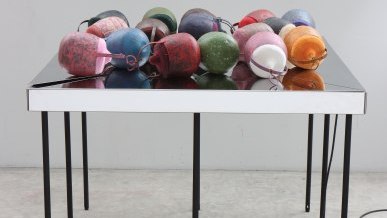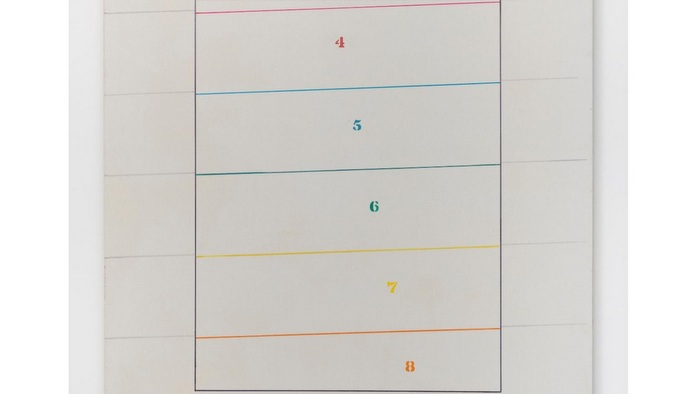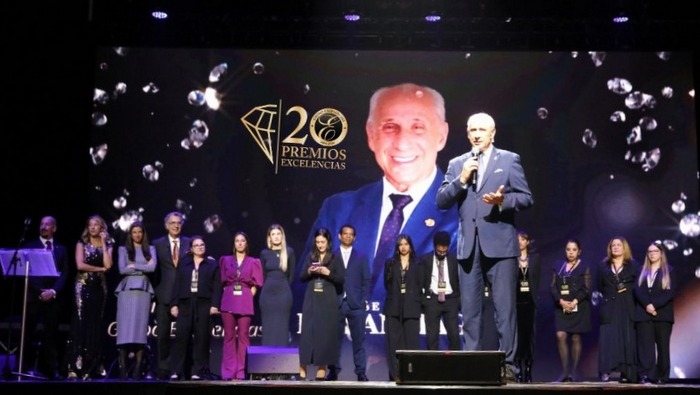The Reina Sofia Museum in Madrid is presenting since June 19 an exhibit entitled “±1961 The Expansion of the Arts”, with a view in mind to reflect, by the hand of several artistic expressions, the breakup endured by the contemporary arts in the 1960s.
The 1960s was probably the decade of the 20th century that revealed the codes of our contemporariness, triggered by the introduction of textual/informative strategies, real time and the rupture of borderlines among the different artistic means. New creative criteria, mediation censorship models and distribution networks –still standing to date- were whipped into shape.
The canonization of the “movements” in the 1960s in both the museums and the history of the arts –a topic that has been looked into quite recently, especially in terms of the crucial movements that played a role in the formation of Fluxus (1962), minimalism (1963), conceptual art (c. 1965-1968) and institutional reviews (1968)- haven’t unraveled yet the radical breakup that eventually defined creativeness in those times.
± 1961 provides a fleeting and deliberately unknown and anonymous marker that rekindles the discussions on how and when the new theoretical and artistic way was paved, the exact moment in time when “expanded arts” ever popped up back in the 1960s.
Based on the selection of an environment of radical creativity that came before the critical and historical definition of the decade’s boldface names and terms, the exposition focuses on the initial crystallization of some of the fundamental ideas, stressing on the harbingers, such as Anna Halprin and John Cage, and major decisive artworks like from 1961 by authors like La Monte Young, Robert Morris, George Brecht, Henry Flynt, Simone Forti, Jackson Mac Low, Walter de Maria, George Maciunas, Ray Johnson, Emmett Williams, Nam June Paik or Yoko Ono.
Source: Press Release
Related Publications

Galerie Lelong & Co.: Pinaree Sanpitak
November 01, 2024
The Art Show: Castelli Gallery
October 31, 2024












